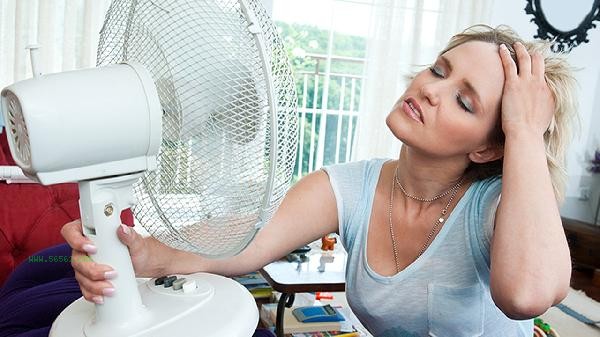Climbing stairs consumes more calories than jogging. The calorie consumption of climbing stairs in the same amount of time is about 1.5 times that of jogging, mainly influenced by factors such as exercise intensity, muscle group participation, heart rate changes, body weight, and exercise duration.

1. Exercise intensity:
Climbing stairs is a high-intensity intermittent exercise. Vertical movement requires overcoming gravity to do work, and the heart rate quickly reaches 70% -80% of the maximum value. Slow jogging belongs to moderate intensity aerobic exercise, with a heart rate maintained at 60% -70% of the maximum value. High intensity exercise consumes more energy per unit of time, with climbing stairs consuming 10-15 calories per minute and jogging consuming approximately 7-10 calories per minute.
2. Muscle group participation:
Climbing stairs requires continuous contraction of lower limb muscles such as the gluteus maximus and quadriceps, while the core muscle group participates in balance regulation, with a whole-body muscle activation rate of over 85%. Slow jogging mainly relies on the triceps and biceps femoris muscles, with a muscle activation rate of about 60%. The heat consumption of multiple muscle groups working together at the same time is more significant.
3. Heart rate changes:

Heart rate fluctuations are more severe when climbing stairs, and the heart rate can reach the anaerobic threshold level during the stair climbing stage, promoting the excessive oxygen consumption effect after EPOC exercise, and continuously consuming 12% -15% more calories within 24 hours after exercise. Slow jogging has a relatively stable heart rate, and the EPOC effect only increases subsequent consumption by 5% -8%.
4. Weight base:
A person weighing 70 kilograms consumes approximately 350-400 calories by climbing stairs for 30 minutes, and 220-280 calories by jogging. The heavier the person, the more work they do against gravity when climbing stairs, and the more significant the difference in heat consumption. For every 10 kilograms increase in weight, climbing stairs consumes 18% -20% more calories, while jogging only consumes 12% -15% more.
5. Duration of exercise:
When exercising for 30 minutes, climbing stairs consumes 40% -50% more total calories than jogging. But after more than 60 minutes, due to its strong sustainability, the difference in total consumption for jogging narrowed to 20% -30%. It is recommended to use stair climbing as an efficient interval training for fat burning, combined with jogging to improve cardiovascular endurance.

For people with a large body weight or knee joint discomfort, it is recommended to use slow climbing stairs at 60-70 steps per minute combined with knee protection equipment to avoid joint injuries. Timely supplement electrolytes and high-quality protein after exercise, such as pairing bananas with sugar free yogurt, to promote muscle repair. Three stair climbing sessions of 15-20 minutes each and two slow jogging sessions of 30 minutes each can be arranged alternately per week, which can ensure the efficiency of heat consumption and reduce the risk of sports injuries. Pay attention to monitoring the heart rate during exercise, and control it within a safe range of 220 age x 60% -80%.



Comments (0)
Leave a Comment
No comments yet
Be the first to share your thoughts!